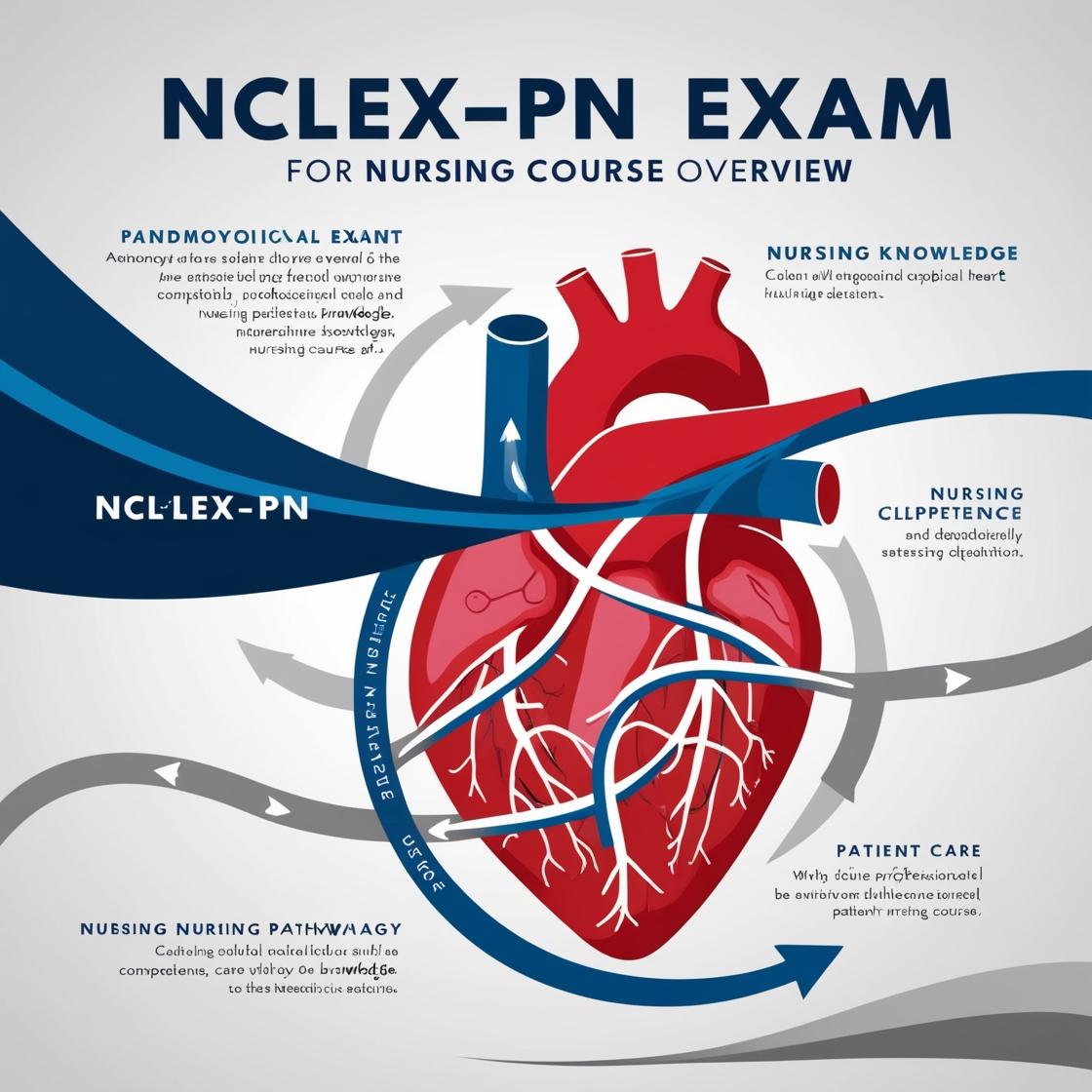NCLEX-PN
2024 PN NCLEX Questions
1. A 45-year-old client with type I diabetes is in need of support services upon discharge from a skilled rehabilitation unit. Which of the following services is an example of a skilled support service?
- A. shopping for groceries
- B. house cleaning
- C. transportation to physician's visits
- D. medication instruction
Correct answer: D
Rationale: The correct answer is medication instruction. This is a skilled service that requires specialized knowledge and training to provide proper guidance on medication management for a client with type I diabetes. Grocery shopping, house cleaning, and transportation services are considered unskilled services as they are typically offered by volunteer or fee-for-service agencies and do not require specialized medical expertise. Medication instruction, on the other hand, involves educating the client on how to properly take medications, understand potential side effects, and manage their medication regimen effectively, which necessitates a high level of expertise and training.
2. A nurse is trying to motivate a client toward more effective management of a therapeutic regimen. Which of the following actions by the nurse is most likely to be effective in increasing the client's motivation?
- A. determining if the client has any family or friends living nearby
- B. developing a concise discharge plan and reviewing it with the client
- C. teaching the client about the disorder at the client's level of understanding
- D. making a referral to an area agency for client follow-up
Correct answer: C
Rationale: To effectively motivate the client, it is important to educate them about the disorder at their level of understanding. This helps the client comprehend the importance of the therapeutic regimen and empowers them to actively participate in their treatment. Choice A, determining if the client has any family or friends living nearby, may provide social support but is less likely to directly impact the client's motivation compared to educating them about their condition. Developing a concise discharge plan, as in choice B, is crucial for continuity of care but may not directly enhance the client's motivation as effectively as providing education tailored to their level of understanding. Making a referral for follow-up, as in choice D, is important for ongoing care but may not have the same immediate impact on the client's motivation as educating them about their condition.
3. How should a client's neck be positioned for palpation of the thyroid?
- A. flexed toward the side being examined
- B. hyperextended directly backward
- C. flexed away from the side being examined
- D. flexed directly forward
Correct answer: A
Rationale: The correct way to position a client's neck for palpation of the thyroid is to have it flexed toward the side being examined. This positioning helps to better access and palpate the thyroid gland. Option B, hyperextending the neck directly backward, is incorrect as it can make palpation more difficult and uncomfortable for the client. Option C, flexing the neck away from the side being examined, is also incorrect as it may obscure the thyroid gland, making it harder to palpate. Option D, flexing the neck directly forward, is not ideal for thyroid palpation as it does not provide the best access to the gland.
4. A community health nurse is providing information to a group of older clients about measures to decrease the risk of contracting influenza during peak flu season. The nurse should provide which information?
- A. Clients must stay at home and ask a neighbor or family member to run their errands.
- B. It is best to do grocery shopping and other errands early in the morning when crowds are smaller.
- C. Clients should wash their hands frequently and keep hands away from the face, especially during peak flu season.
- D. Drinking eight 8-oz glasses of fluid each day will reduce the risk of contracting influenza.
Correct answer: C
Rationale: During peak influenza season, older clients should take measures to reduce the risk of contracting the flu. The most effective preventive measure is frequent hand hygiene and refraining from touching the face, as this reduces the transmission of the flu virus. While it is advisable to avoid crowds, the direct action of hand hygiene is more impactful. Doing errands early in the morning when crowds are smaller is a good suggestion to reduce exposure but does not address the direct transmission through hands. Drinking enough fluid daily is important for overall health but does not directly reduce the risk of contracting influenza.
5. A sexually active adolescent asks the school nurse about the use of latex condoms and the reduction of the risk of sexually transmitted infections (STIs). The nurse provides which information to the adolescent?
- A. Using a latex condom is a good method for reducing the risk of sexually transmitted infections (STIs).
- B. The only way to reduce the risk of transmission of STIs is abstinence.
- C. A spermicide needs to be used along with a condom to prevent transmission of STIs.
- D. Using a latex condom can reduce the risk of transmission of STIs.
Correct answer: D
Rationale: The correct answer is that using a condom during intercourse can reduce the risk of STI transmission. Abstinence is a way to prevent STIs, but not the only way. Using a spermicide along with a condom can help prevent pregnancy, not STIs. While condoms may fail to prevent pregnancy, they are effective in reducing the risk of STI transmission. Therefore, using a latex condom for pregnancy prevention is not directly related to preventing the transmission of STIs.
Similar Questions

Access More Features
NCLEX PN Basic
$69.99/ 30 days
- 5,000 Questions with answers
- Comprehensive NCLEX coverage
- 30 days access @ $69.99
NCLEX PN Premium
$149.99/ 90 days
- 5,000 Questions with answers
- Comprehensive NCLEX coverage
- 30 days access @ $149.99
